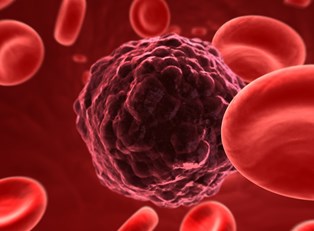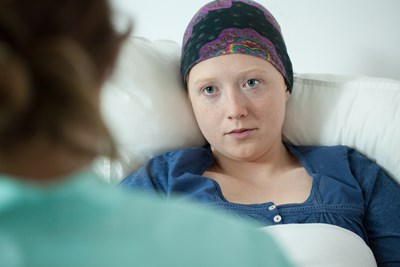The most common form of pediatric cancer is leukemia, accounting for about 30% of all childhood cancers. Leukemia starts in the blood cells of bone marrow, particularly white blood cells. While there are several classifications of leukemia, acute lymphocytic leukemia (ALL) accounts for most types of childhood leukemia, and acute myeloid leukemia (AML) is the second most common.
Here is a look at everything you need to know about childhood leukemia.
The Difference Between Childhood and Adult Leukemia
One of the biggest differences in childhood and adult cancers in general is the suspected underlying cause. While childhood cancers are affected more by DNA changes (even before birth), adult cancers often have much to do with environmental factors. Additionally, treatment is often more effective in children, although the long-term effects of treatment must be considered more so than in adults.
Childhood Leukemia Prognosis
With so many new treatments, the five-year survival rate (five years being the point at which cancer is likely to stay gone) of leukemia has improved drastically over the years. While the American Cancer Society reports that the type of leukemia, gender, age, ethnicity, metastasis, and a variety of other factors all influence survival rates, overall the five-year survival rates are as follows:
- ALL: 85%
- AML: 60% to 70%
- Juvenile myelomonocytic leukemia (JMML): 50%
- Chronic types: 60% to 80%
Childhood Leukemia Symptoms
The symptoms of childhood leukemia often mimic other disorders and illnesses. However, this is no reason not to take such signs seriously. In most cases, faster diagnosis means more effective treatment, particularly because the cancer can be managed before it reaches other parts of the body.
Symptoms are dependent on the type of leukemia present and the particular cells affected. Low levels of red blood cells causes anemia, which can in turn lead to dizziness, fatigue, headaches, difficulty breathing, feeling cold, or a pale complexion.
Low white blood cell counts means the body is less efficient at fighting infections, often characterized by a frequent fever or an infection that refuses to go away.
When blood platelets are below normal levels, bleeding occurs more easily, causing bloody gums, frequent bruising, and nosebleeds. Additional symptoms may include:
- Pain in the bone or joints
- Abdominal swelling
- Low appetite
- Unintended weight loss
- SVC syndrome (characterized by swelling in the arms, face, neck, or chest)
- Seizures
- Rashes
- Weakness
Childhood Leukemia Treatment
While some types of cancer can be managed by surgery to remove tumors or cancerous areas, leukemia is different. Chemotherapy, radiation therapy, biological therapy, targeted therapy, and stem cell transplants are the usual treatment attempts.
Chemotherapy is an oral or injectable chemical intended to kill cancerous cells, although the side effects are often extreme. Radiation therapy involves targeted high energy beams intended to damage and stunt cancer cells, while biological therapy encourages the body’s own immune system to fight cancer cells. Targeted therapy uses specific drugs to attack specific aspects of cancer cells. A stem cell transplant is generally prefaced by another treatment to kill the cancer cells, before healthy stem cells are sent into the body in an attempt to rebuild the bone marrow.



